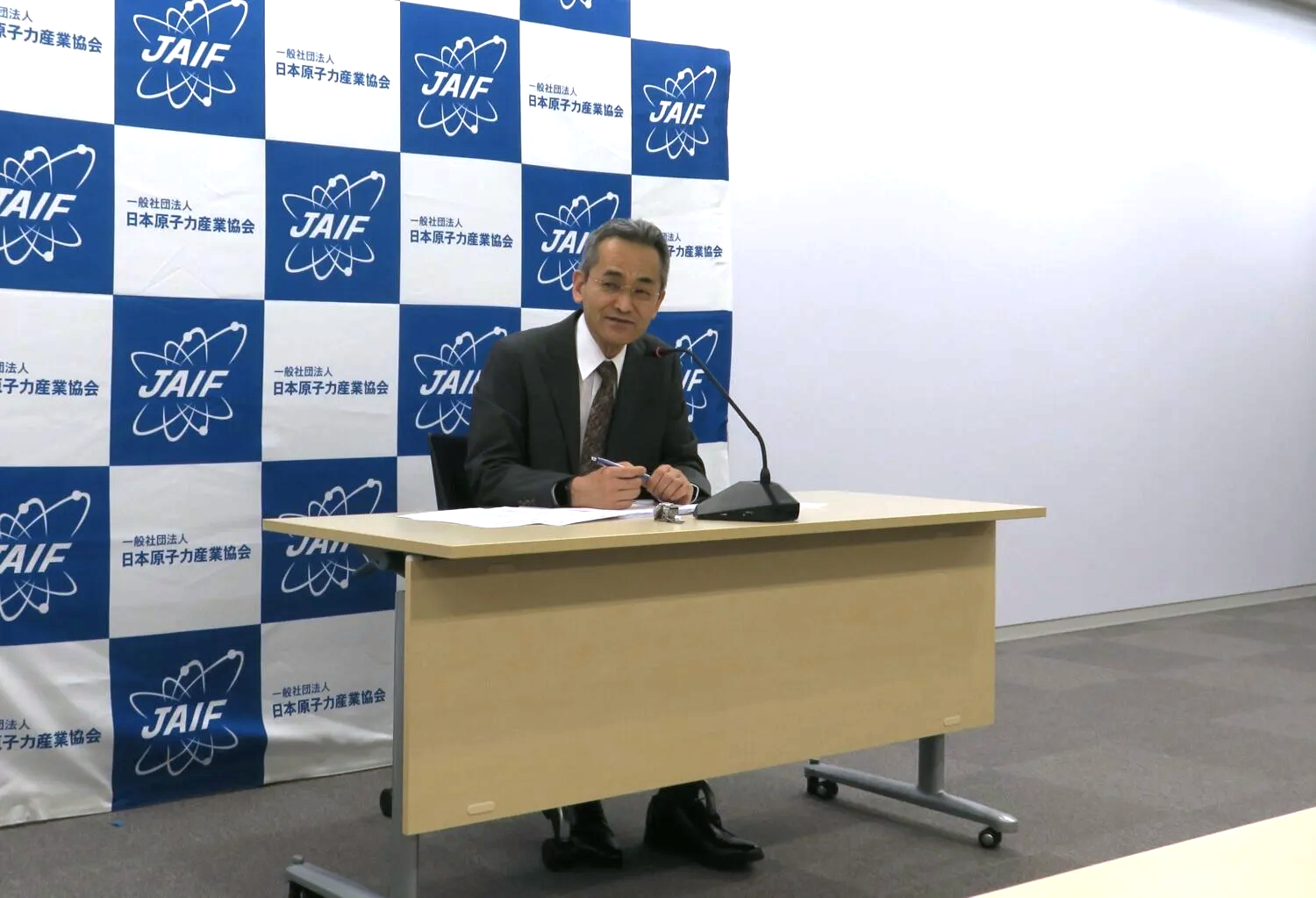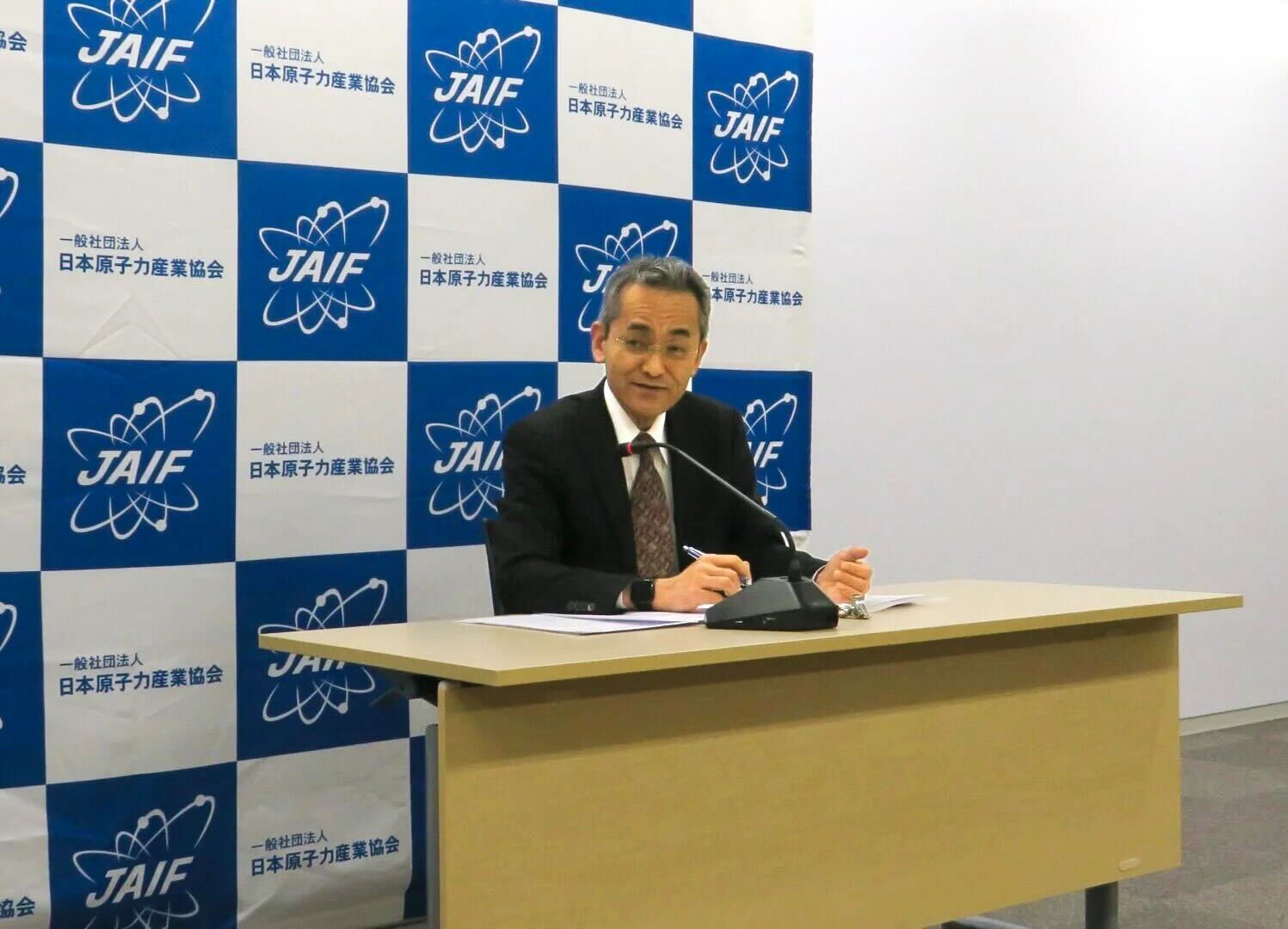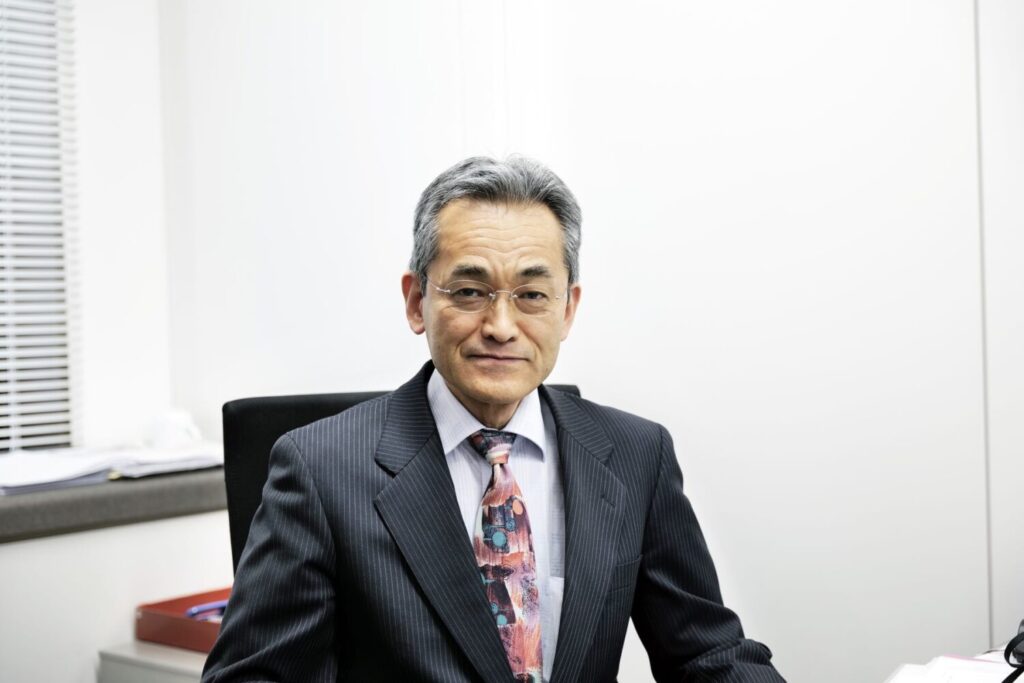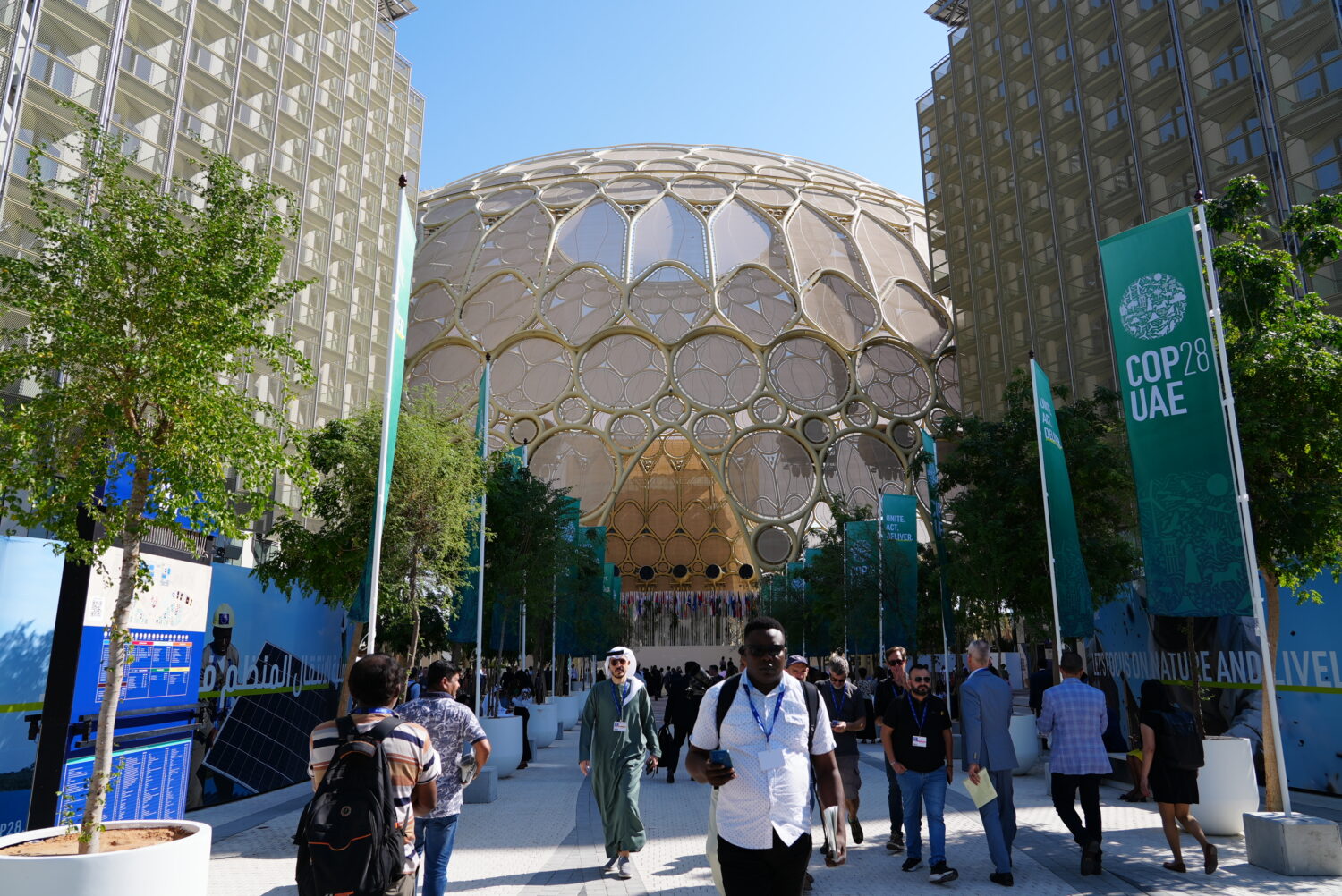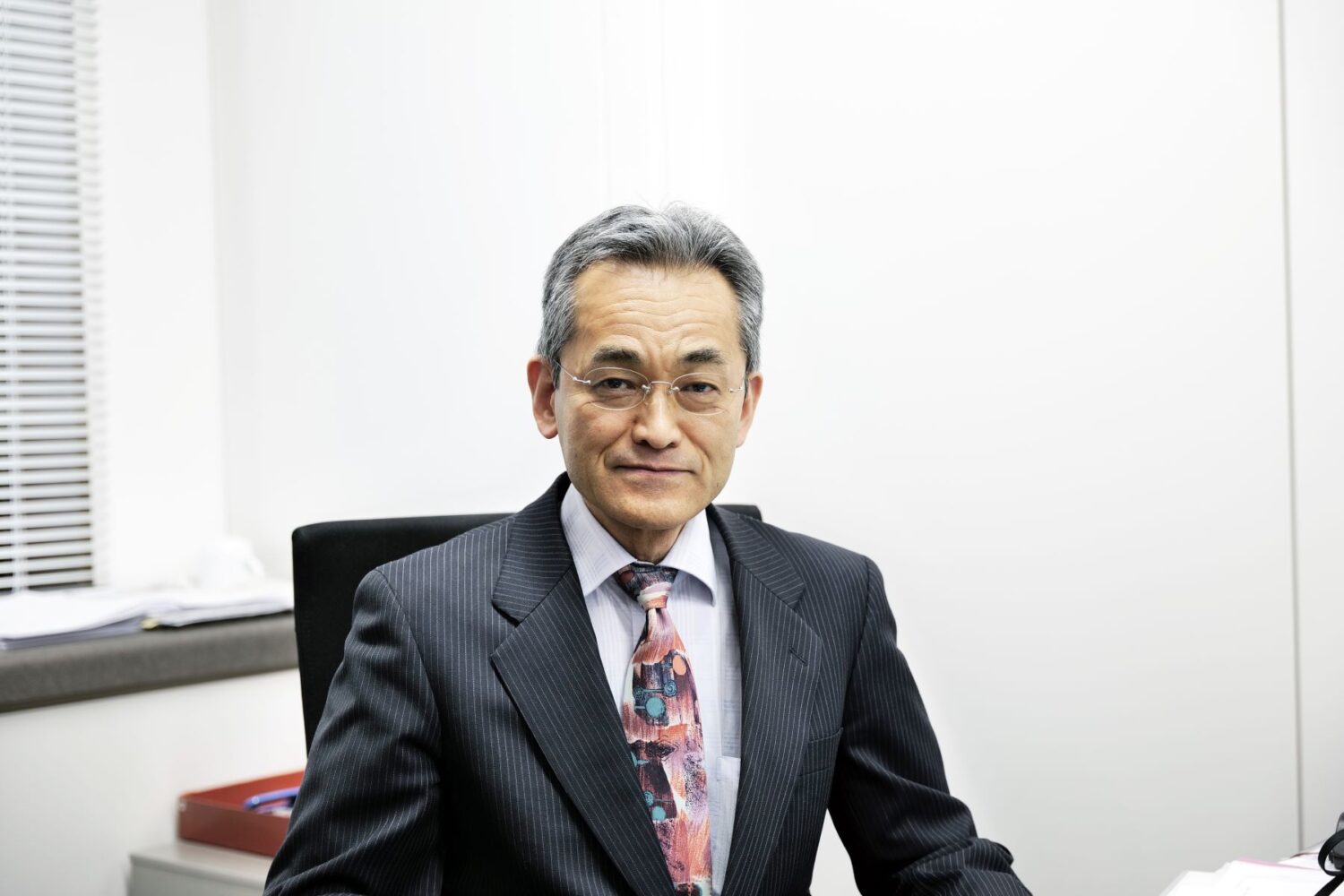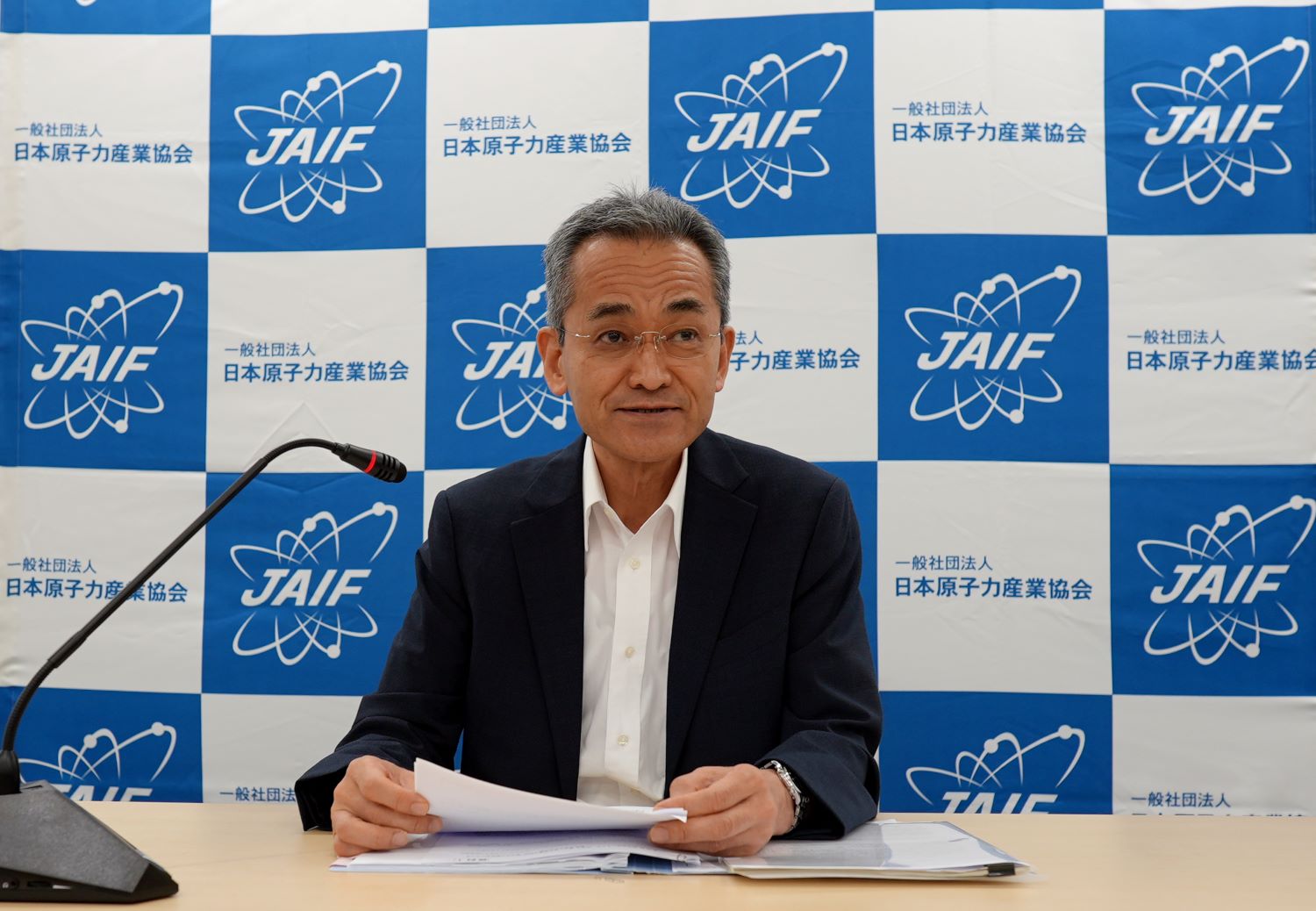In 2018, the Intergovernmental Panel on Climate Change (IPCC), in its special report on the impacts of global warming of 1.5°C above pre-industrial levels, made clear that decarbonization targets could not be achieved without nuclear power.
Also, in the report entitled “Nuclear Power in a Clean Energy System,” published in 2019, the International Energy Agency (IEA) said that in order for the targets of the Paris Agreement to be achieved, a substantial increase in nuclear power was required, in addition to improvements to energy efficiency and introduction of renewables. Around the world, countries are looking to nuclear power to help counter the effects of climate change.
To decarbonize the energy system, not only must greenhouse gas emissions be cut, but stability and economy in supply must also be achieved, and nuclear power can contribute to both of those goals.
Nuclear power does not emit any CO2 in the generating process. According to trial calculations for Japan, cutting CO2 emissions per 1,000 MW amounts to approximately 3,100,000t-CO2 per year, which can contribute substantially to decarbonization in the electricity sector, which accounts for approximately 40 percent of Japan’s greenhouse gas emissions now.
At the same time, both supply stability and affordability are required for electricity to continue to support the foundations of society, in order to lower the burdens borne by the public and the nation, and to ensure industrial competitiveness. Expanding the introduction of renewables, which are often only intermittently reliable, would increase costs for the power supply system, while nuclear power, as a base-load power source, can supply low-carbon electricity in a stable fashion, around the clock and throughout the year. By combining the two, costs can be held down, and decarbonization and reasonable electricity rates can be achieved.
For that to happen, existing nuclear power plants (NPPs) should be steadily restarted, and the extension of operating NPP lifetimes and the construction of new units also need to be considered.
Moreover, emissions must be cut for the target of net zero emissions by 2050 to be achieved, not only in the electricity sector but in all other sectors as well. In “World Energy Outlook 2020” (WEO 2020), released by the IEA on October 13, electricity from renewables and nuclear power will further reduce total energy consumption and emissions through the electrification of transportation, industries, and others.
According to the WEO, technological innovation in a broad range of areas—from hydrogen electrolytic apparatus to small module reactors—should be accelerated. In Japan, for example, R&D is underway on hydrogen co-generation systems through the use of high-temperature gas-cooled reactors (HTGRs), toward cutting emissions in the industrial sector, including steel manufacturing.
Deliberations have just begun on the issuance of Japan’s next Strategic Energy Plan. They are expected to feature discussions across a range of topics, including the future uses of nuclear power, toward achieving the target of net zero greenhouse gas emissions by 2050.
We in the Japanese nuclear industry will endeavor for the safe, stable operation of the NPPs now in service in Japan. For its part, JAIF will strive, in cooperation with relevant organizations, to help the public better understand the value of nuclear power, which will contribute to realization of a carbon-free society.
Related messages:
— Deliberations Begin on Sixth Strategic Energy Plan (2020/10/16)
— Nice Future Initiative—Nuclear Industry Leaders(2020/9/15)
— Voices from Nuclear Industry—Contributing to a clean and resilient recovery (2020/9/3)





